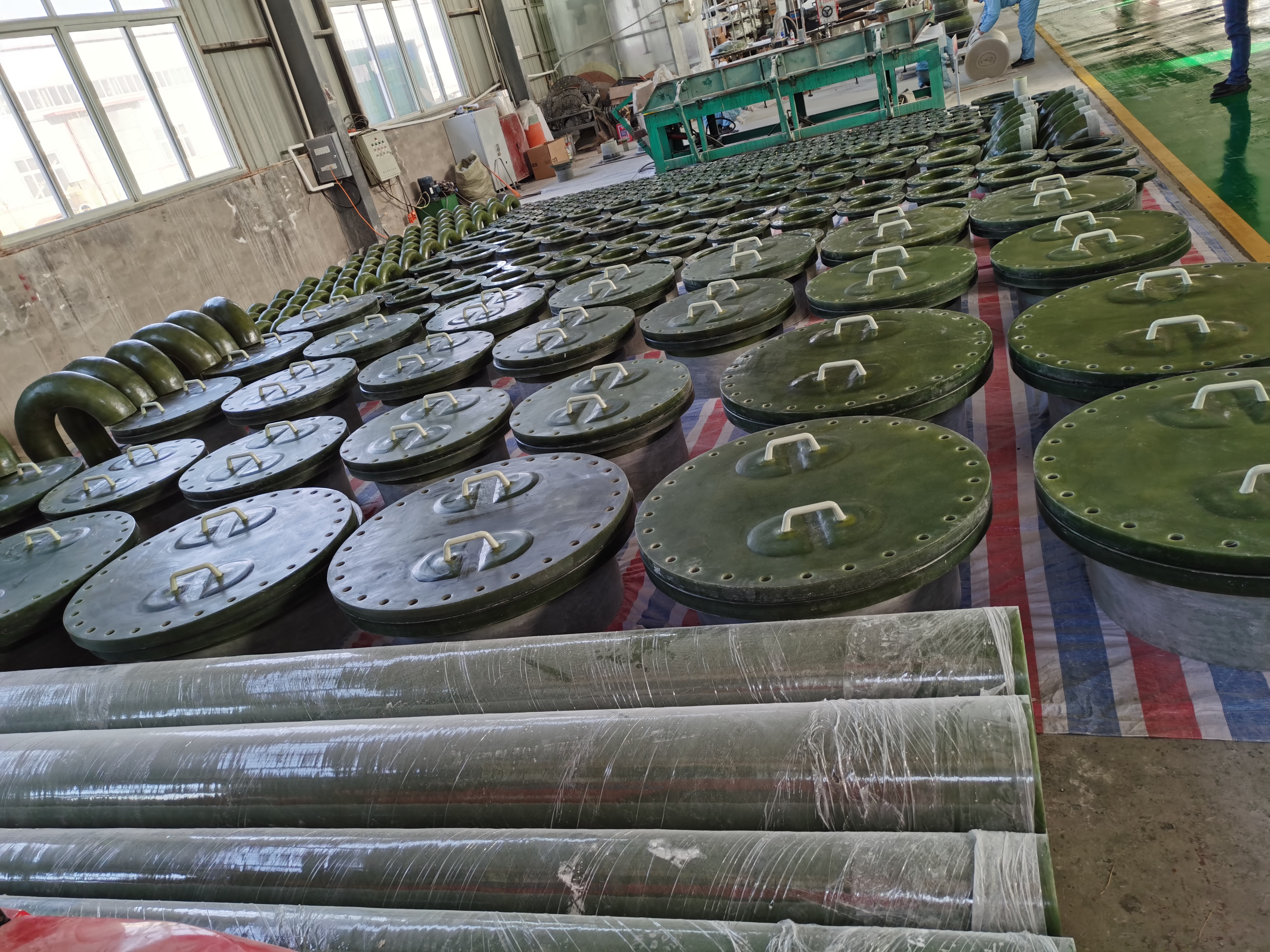
-
 Afrikaans
Afrikaans -
 Albanian
Albanian -
 Amharic
Amharic -
 Arabic
Arabic -
 Armenian
Armenian -
 Azerbaijani
Azerbaijani -
 Basque
Basque -
 Belarusian
Belarusian -
 Bengali
Bengali -
 Bosnian
Bosnian -
 Bulgarian
Bulgarian -
 Catalan
Catalan -
 Cebuano
Cebuano -
 China
China -
 China (Taiwan)
China (Taiwan) -
 Corsican
Corsican -
 Croatian
Croatian -
 Czech
Czech -
 Danish
Danish -
 Dutch
Dutch -
 English
English -
 Esperanto
Esperanto -
 Estonian
Estonian -
 Finnish
Finnish -
 French
French -
 Frisian
Frisian -
 Galician
Galician -
 Georgian
Georgian -
 German
German -
 Greek
Greek -
 Gujarati
Gujarati -
 Haitian Creole
Haitian Creole -
 hausa
hausa -
 hawaiian
hawaiian -
 Hebrew
Hebrew -
 Hindi
Hindi -
 Miao
Miao -
 Hungarian
Hungarian -
 Icelandic
Icelandic -
 igbo
igbo -
 Indonesian
Indonesian -
 irish
irish -
 Italian
Italian -
 Japanese
Japanese -
 Javanese
Javanese -
 Kannada
Kannada -
 kazakh
kazakh -
 Khmer
Khmer -
 Rwandese
Rwandese -
 Korean
Korean -
 Kurdish
Kurdish -
 Kyrgyz
Kyrgyz -
 Lao
Lao -
 Latin
Latin -
 Latvian
Latvian -
 Lithuanian
Lithuanian -
 Luxembourgish
Luxembourgish -
 Macedonian
Macedonian -
 Malgashi
Malgashi -
 Malay
Malay -
 Malayalam
Malayalam -
 Maltese
Maltese -
 Maori
Maori -
 Marathi
Marathi -
 Mongolian
Mongolian -
 Myanmar
Myanmar -
 Nepali
Nepali -
 Norwegian
Norwegian -
 Norwegian
Norwegian -
 Occitan
Occitan -
 Pashto
Pashto -
 Persian
Persian -
 Polish
Polish -
 Portuguese
Portuguese -
 Punjabi
Punjabi -
 Romanian
Romanian -
 Russian
Russian -
 Samoan
Samoan -
 Scottish Gaelic
Scottish Gaelic -
 Serbian
Serbian -
 Sesotho
Sesotho -
 Shona
Shona -
 Sindhi
Sindhi -
 Sinhala
Sinhala -
 Slovak
Slovak -
 Slovenian
Slovenian -
 Somali
Somali -
 Spanish
Spanish -
 Sundanese
Sundanese -
 Swahili
Swahili -
 Swedish
Swedish -
 Tagalog
Tagalog -
 Tajik
Tajik -
 Tamil
Tamil -
 Tatar
Tatar -
 Telugu
Telugu -
 Thai
Thai -
 Turkish
Turkish -
 Turkmen
Turkmen -
 Ukrainian
Ukrainian -
 Urdu
Urdu -
 Uighur
Uighur -
 Uzbek
Uzbek -
 Vietnamese
Vietnamese -
 Welsh
Welsh -
 Bantu
Bantu -
 Yiddish
Yiddish -
 Yoruba
Yoruba -
 Zulu
Zulu
fiberglass launder
A Comprehensive Guide to Fiberglass Launders Benefits and Applications
Fiberglass launders are specialized channels used in various industrial and commercial applications, primarily for the transportation and distribution of liquids, especially in water treatment and chemical processing. These structures are made from fiberglass-reinforced plastics, providing a lightweight, durable, and corrosion-resistant alternative to traditional materials like metal or concrete. The growing popularity of fiberglass launders can be attributed to their numerous benefits and versatility across different sectors.
One of the key advantages of fiberglass launders is their resistance to corrosion and chemical degradation. In environments where aggressive chemicals and harsh weather conditions are prevalent, traditional materials often succumb to corrosion, leading to costly repairs and replacements. Fiberglass, on the other hand, can withstand a wide range of chemical exposures, making it ideal for wastewater treatment plants, chemical processing facilities, and industrial applications.
Another significant benefit of fiberglass launders is their lightweight nature. Compared to metal and concrete, fiberglass is easier to transport and install, reducing overall labor costs and installation time. This lightweight property also means that fiberglass launders can be designed in various shapes and configurations, allowing for more flexibility in system design and layout. Whether for a small-scale facility or a large industrial plant, fiberglass launders can be tailored to meet specific needs and space constraints.
fiberglass launder

In addition to their practical advantages, fiberglass launders also offer excellent hydraulic performance. The smooth inner surfaces of fiberglass promote efficient flow, reducing turbulence and ensuring even distribution of liquids. This characteristic is especially important in processes requiring precise flow management, such as in water treatment, where consistent flow rates are crucial for effective treatment results.
Maintenance is another area where fiberglass launders excel. Their non-porous surface does not harbor bacteria or algae, which are common problems in concrete and metallic systems. This quality not only ensures cleaner operations but also minimizes the need for frequent cleaning, further reducing operational costs.
Furthermore, the production of fiberglass is increasingly being aligned with sustainable practices. Many manufacturers are now incorporating recycled materials into their fiberglass formulation, and the manufacturing process itself can be more environmentally friendly compared to traditional materials. This aligns with the growing trend of sustainability in industry, making fiberglass launders a responsible choice for forward-thinking companies.
In conclusion, fiberglass launders represent a modern, efficient, and sustainable solution for liquid transportation in various industries. Their resistance to corrosion, lightweight nature, superior hydraulic performance, low maintenance requirements, and alignment with sustainability initiatives make them an appealing option for engineers and facility managers. As industries continue to evolve, fiberglass launders will likely play an increasingly important role in innovative fluid handling systems.
Latest news
-
Exploring the Benefits of Top Hammer Drifter Rods for Enhanced Drilling PerformanceNewsJun.10,2025
-
High-Precision Fiberglass Winding Machine for GRP/FRP Pipe Production – Reliable & Efficient SolutionsNewsJun.10,2025
-
FRP Pipes & Fittings for Shipbuilding - Corrosion-Resistant & LightweightNewsJun.09,2025
-
Premium FRP Flooring Solutions Durable & Slip-ResistantNewsJun.09,2025
-
Premium Fiberglass Rectangular Tanks Durable & Lightweight SolutionNewsJun.09,2025
-
Tapered Drill String Design Guide Durable Performance & UsesNewsJun.09,2025









